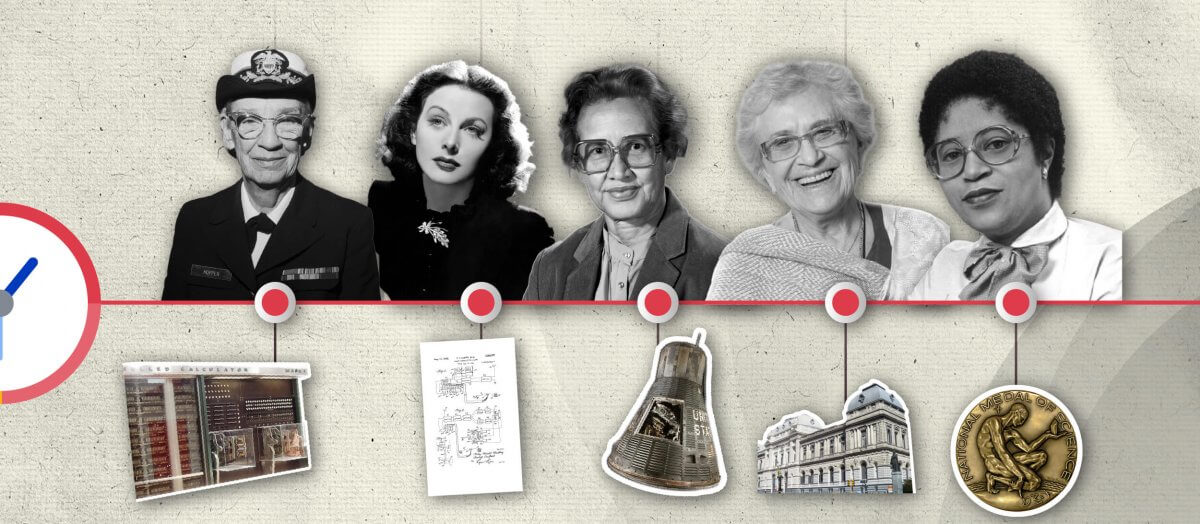There’s been a great deal of misinformation floating around about the inter partes review process (IPR) and how it impacts American inventors and innovators. So, ahead of today’s U.S. Patent Office Oversight (USPTO) Oversight Hearing with USPTO Director Andrei Iancu, IA wanted to correct some common myths about the U.S. patent system and IPR.
- MYTH: The Patent Trial and Appeal Board (PTAB) is a death-squad.
- FACT: Of 8,340 petitions, only 16 percent have resulted in an invalidation of all claims of a patent.1
- MYTH: PTAB has invalidated hundreds of patents found valid by district courts.
- FACT: 3,056 patents challenged in IPRs through Q3 were also involved in lawsuits. Of the 3,056 patents, only 43 IPR cases – 1 percent – have resulted in different outcomes.2
- MYTH: The U.S. has an inefficient intellectual property and patents system.
- FACT: The U.S. ranked #1 overall in the U.S. Chamber International IP Index.3
- MYTH: IPR dramatically reduced R&D investment.
- FACT: R&D investments in the software and internet industry grew faster than any other industry in the years following the Alice decision.4 Venture capital funding for startup software and internet companies in the three years following the Alice decision increased by 88 percent compared to the three years prior.5
- MYTH: Patent evaluations are down and validity is uncertain.
- FACT: From FY 2012 to 2016, filings increased 15%. In 2016, more than 650,000 applications were filed—the highest number ever. In 2016, the PTO issued over 334,000 patents, also the highest number ever.6
- United States Patent and Trademark Office, Trial Statistics IPR, PGR, CBM, March 2018 USPTO↩
- Cornell Law Review, “The Direct Costs From NPE Disputes,” 2014↩
- U.S. Chamber International IP Index, Sixth Edition, February 2018 US Chamber of Commerce↩
- Strategy & Analysis, Software-as-a-Catalyst, Winter 2016, Issue 85, October 25, 2016 Strategy & Analysis↩
- PwC MoneyTree Report, Q1 2018 PwC↩
- United States Patent and Trademark Office, Performance and Accountability Report, 2016 USPTO↩










